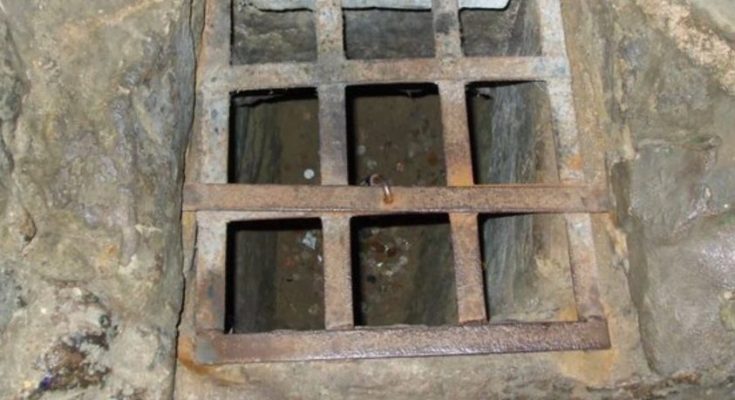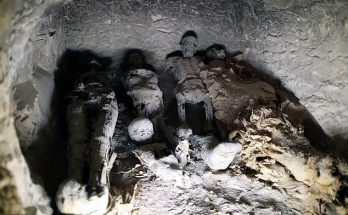Medieval castles, often portrayed as grand structures of immense beauty and architectural marvel, have always captured the imagination of people across centuries. But beneath their towering turrets and majestic halls lies a darker story, hidden deep beneath the ground in the form of an oubliette. This article delves into the haunting history of these forgotten dungeons designed for maximum despair.
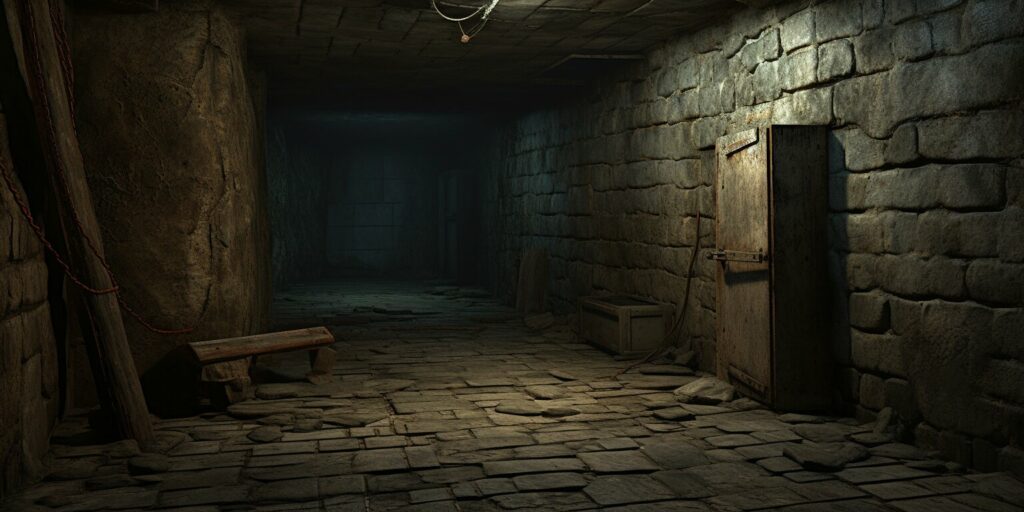
What is an Oubliette?
The term “oubliette” is derived from the French word “oublier,” meaning “to forget.” True to its name, this was a dungeon meant to hold prisoners who were meant to be forgotten. It was a deep, narrow, vertical pit dug into the ground. In its most basic form, the oubliette had a single opening at the top, through which prisoners were dropped. Once inside, there was little hope of escape and, often, little hope of survival.
Who Invented the Oubliette?
Tracing the exact origin of the oubliette is a complex task, as it’s entwined with the broader development of dungeons and methods of imprisonment during the medieval period. The concept of a deep, isolated pit for confinement can be found across various cultures. Still, the specific design and implementation of the oubliette, as it’s recognized today, are rooted in European medieval architecture.
It is challenging to attribute the invention of the oubliette to a particular individual or even a specific period. The use of dungeons, including spaces similar to oubliettes, can be traced back to Roman times. However, the term “oubliette” and its associated features became more pronounced in the European medieval era, particularly from the 12th century onward.
Some historians argue that the development of the oubliette may have been influenced by the broader socio-political climate of the time, reflecting the harsh justice system and the methods used by those in power to suppress dissent.
In essence, the oubliette is not the product of a single inventor but rather a manifestation of a specific cultural context. It evolved from existing practices and architectural techniques to become a unique form of imprisonment tailored to inspire fear and despair. Its invention is a testament to a dark chapter in human history, where cruelty was often used as a means of control and dominance.
The Design and Purpose
Physical Layout
An oubliette’s design was its most haunting feature. The dimensions varied, but the dungeon was often not large enough for a person to lie down or stand fully upright. The walls were typically made of sheer stone, making climbing out without assistance virtually impossible.
Punishment and Psychological Torture
The primary purpose of the oubliette wasn’t just physical confinement but psychological torment. Being cast into such a space, where light was minimal and human contact non-existent, was a harrowing experience. The darkness, isolation, and often the bone-chilling cold would burden the prisoner’s psyche.
Death and Despair
Survival in an oubliette was rare. With minimal food, water, and fresh air, many prisoners met a slow and agonizing end. For some, death might have come as a merciful release from the torment of solitary confinement in such a tiny, dark space.
How Was an Oubliette Made?
Creating an oubliette required careful planning and construction tailored to its grim purpose. It began with selecting a location, typically a secluded part of the castle’s understructure, ensuring that the prisoner’s cries for help would go unheard.
Once the location was chosen, a deep pit was dug into the ground. The depth could vary, but it was typically deep enough to prevent escape, ranging from 6 to 30 feet or more. The shape was usually cylindrical or conical, restricting movement within.
The walls of the oubliette were fashioned from solid stone or brick, constructed to be sheer and smooth. This design not only made climbing out nearly impossible but also contributed to the psychological torment of confinement by minimizing visual stimuli and amplifying feelings of isolation.
The top of the oubliette was fitted with a heavy trapdoor or grill. This sole entrance and exit were secured with locks or other mechanisms, making it accessible only from the outside.
Finally, the oubliette might have certain horrific features, such as spikes at the bottom or the presence of vermin. These elements were not necessarily universal but were used in some instances to intensify the suffering of those unfortunate enough to be cast into this pit of despair.
The creation of an oubliette was not merely a construction task but a calculated act of designing a space for maximum physical and psychological suffering. Its creation involved understanding human frailty and a willingness to exploit it, reflecting a dark aspect of medieval justice and power.
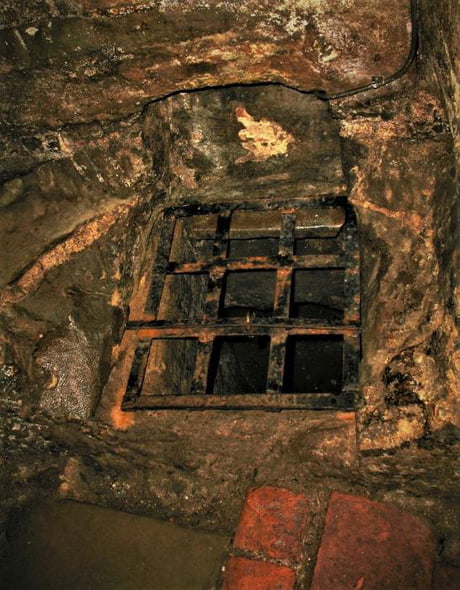
How Often Were Oubliettes Used?
Determining the frequency of oubliette usage during the medieval period is a task mired in historical uncertainty. Given their secretive nature and the lack of extensive documentation from that era, it is challenging to gauge precisely how often these dungeons were employed.
That said, evidence suggests that the oubliette, while a recognized form of imprisonment, was not used as extensively as other types of dungeons or punishment methods. Oubliettes were often reserved for particular crimes or individuals deemed especially dangerous or threatening. These could include political rivals, suspected traitors, or individuals whom the ruling power wanted to dispose of quietly.
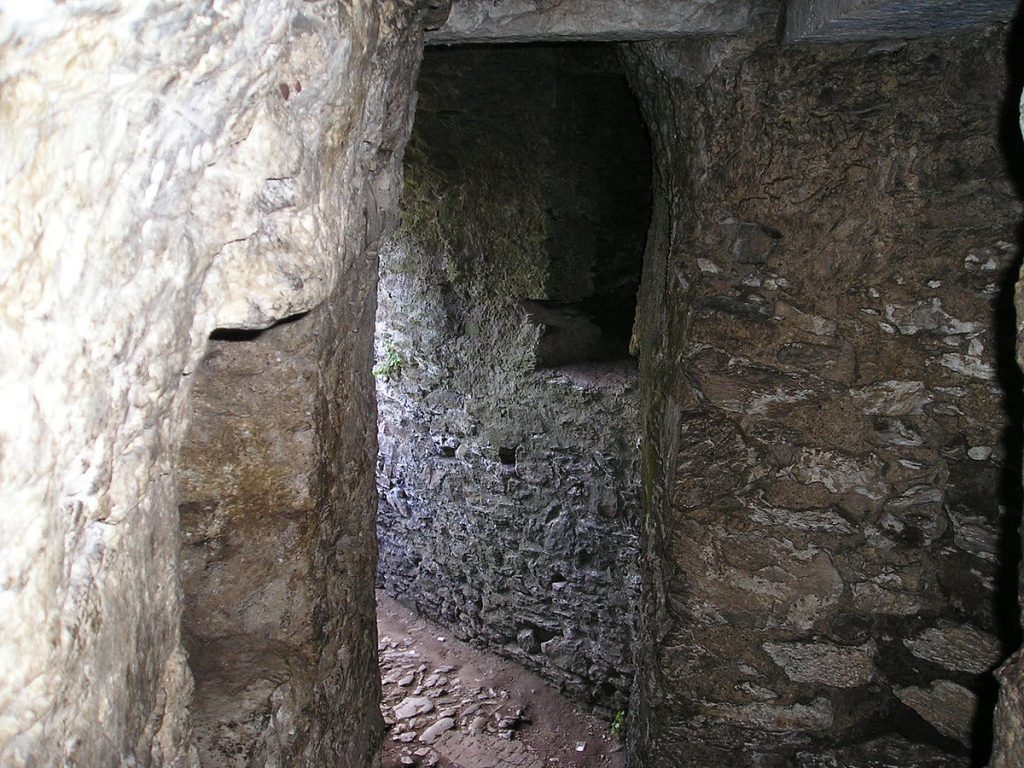
The existence of oubliettes in various European castles indicates that they were part of the architectural design in certain regions. However, their actual utilization might have been infrequent. The horrific nature of this confinement method and the practical difficulties in keeping someone alive within such a space could have limited its use.
Historical records and archaeological findings provide glimpses into the presence of oubliettes, but they are often enshrouded in legend and lore. Consequently, while it can be said that oubliettes were a real and terrifying aspect of medieval justice, their widespread and regular use is likely more of a historical myth rather than a daily reality. The rarity of their use only adds to the chilling fascination that surrounds these dark and hidden chambers.
The Historical Context
Medieval Justice
The use of oubliettes reflected the broader context of medieval justice, where punishments were often harsh and brutal. Imprisonment, as we understand it today, was not a common punishment. Instead, medieval justice often preferred fines, corporal punishment, or execution. When imprisonment was used, it was usually a precursor to another punishment or a means to extract information or a confession.
Power and Politics
In some cases, Oubliettes became tools in the hands of those in power to silently eliminate political threats. Rather than executing a rival publicly, they could be discreetly disposed of in the castle’s depths. This allowed rulers to rid themselves of enemies without the public scrutiny that a more overt act of violence might attract.
Did Anyone Escape an Oubliette?
The prospect of escaping an oubliette was grim, as these dungeons were specifically designed to prevent any hope of escape. Their depth, the smoothness of their walls, and the isolation from human contact were all carefully calculated to create a nearly impossible prison to break free from. However, the question of whether anyone ever escaped is complex and enigmatic.
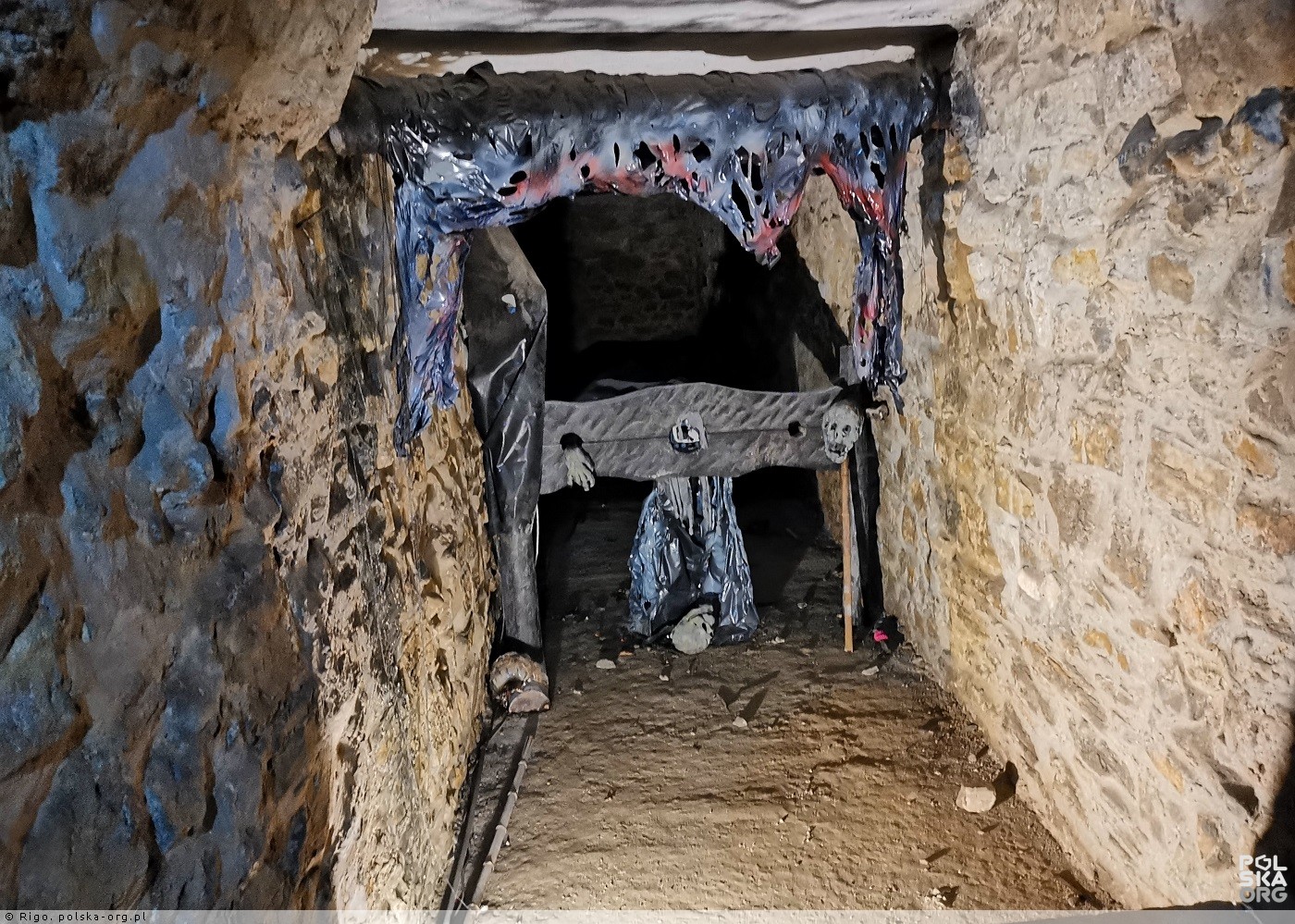
Historical records from the medieval period are often scant and filled with both factual accounts and legends. Tales of escape from an oubliette are rare, and it is challenging to distinguish between historical fact and folklore. Nonetheless, a few stories do stand out.
One such account involves a prisoner who was lowered into an oubliette but managed to retain a small piece of metal. Over the course of several months, he painstakingly scraped at the mortar between the stones, loosening enough of them to create a narrow passage to freedom. Though this story is often recounted, it is hard to verify its authenticity.
In another tale, a prisoner was said to have befriended a rat, training it to carry messages to the outside world through small crevices. Through this unusual method, he communicated with allies who eventually rescued him.
Though these stories capture the imagination, they are more likely the exceptions rather than the rule. The very nature of an oubliette was to be inescapable, and the conditions inside were inhumane. Most prisoners were left to die, forgotten by the world above.
Therefore, while there may be tales of escape, the truth is that escaping an oubliette was nearly impossible. These dark dungeons are a haunting reminder of a time when justice was often brutal and devoid of mercy, and they stand as symbols of despair and hopelessness in the annals of history.
